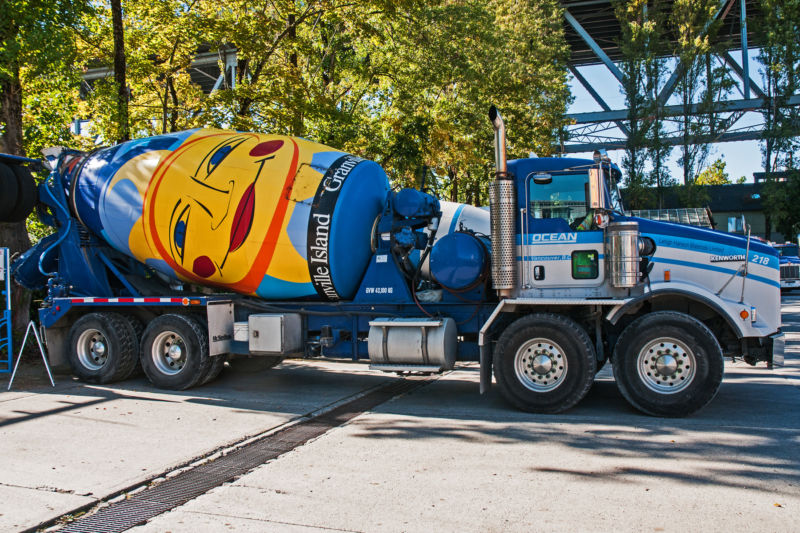Splitting water to make cement could clean up a dirty industry

Enlarge (credit: Harley Mac)
Action on climate change has been focused on the electrical grid and our transportation systems, but there are other hurdles between here and a zero-greenhouse-gas-emissions world. Agriculture and deforestation are major hurdles, but so is cement.
Producing this humble, gray, ubiquitous building material actually accounts for about 8% of global CO2 emissions. Firing the kilns required for this process is very energy intensive, but the process itself also releases CO2 from its starting materials. The primary ingredient in concrete is calcium oxide, which is taken from limestone (CaCO3)-and that leaves CO2 as a byproduct.
That means there are two problems to solve: the cement-making process needs to run on clean energy, and the CO2 that is released must be captured somehow. A new study led by MIT's Leah Ellis outlines an option that could make progress on both.
Read 9 remaining paragraphs | Comments